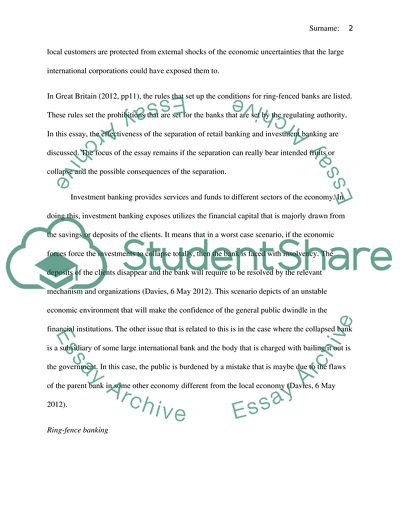Cite this document
(“Retail and Investment Banking in the UK Essay Example | Topics and Well Written Essays - 2500 words”, n.d.)
Retrieved from https://studentshare.org/finance-accounting/1666911-please-set-up-the-topic-for-me-1171
Retrieved from https://studentshare.org/finance-accounting/1666911-please-set-up-the-topic-for-me-1171
(Retail and Investment Banking in the UK Essay Example | Topics and Well Written Essays - 2500 Words)
https://studentshare.org/finance-accounting/1666911-please-set-up-the-topic-for-me-1171.
https://studentshare.org/finance-accounting/1666911-please-set-up-the-topic-for-me-1171.
“Retail and Investment Banking in the UK Essay Example | Topics and Well Written Essays - 2500 Words”, n.d. https://studentshare.org/finance-accounting/1666911-please-set-up-the-topic-for-me-1171.


